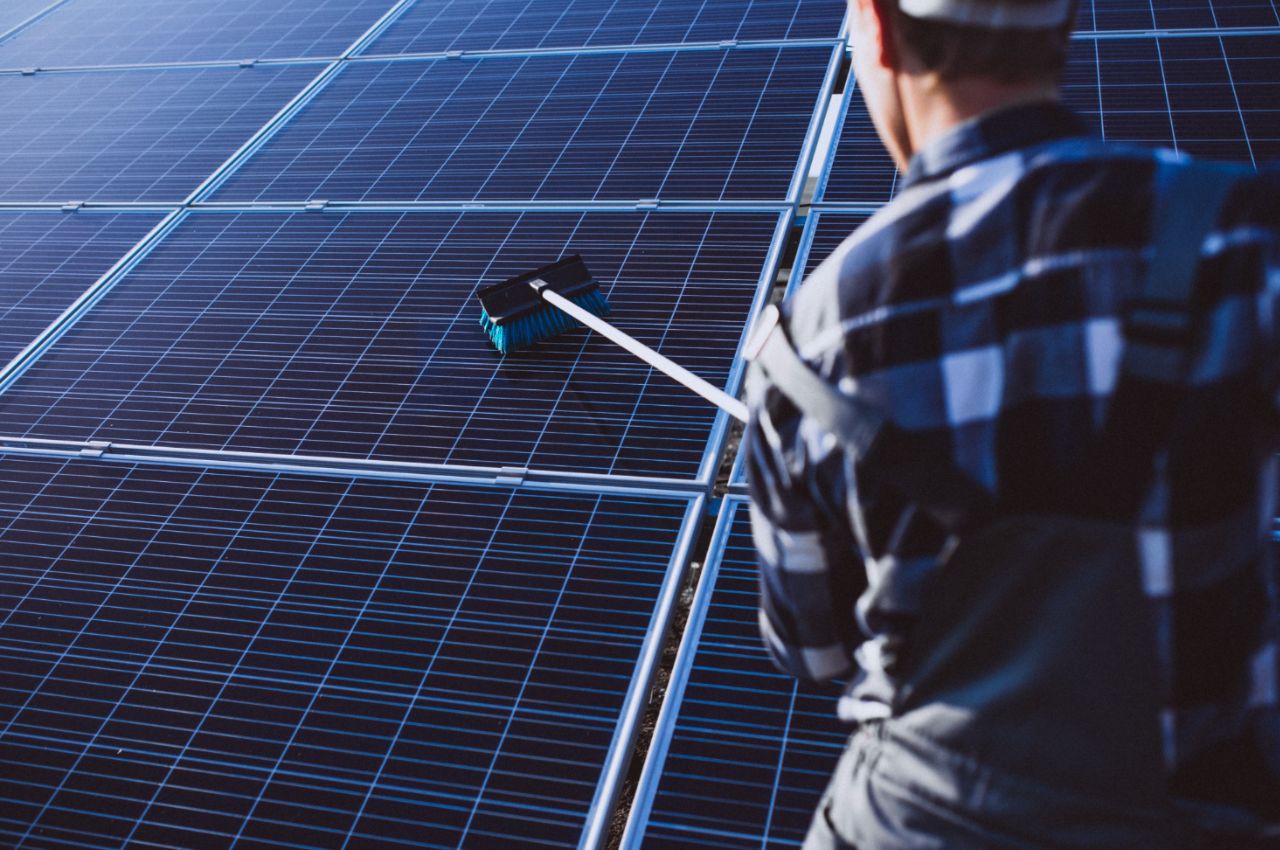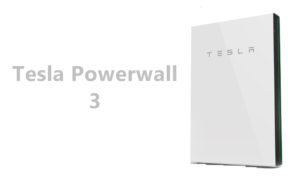
As the demand for sustainable energy solutions rises, solar panel have become integral to households globally. Maximizing the efficiency and lifespan of these panels requires regular cleaning and maintenance. This in-depth guide will delve into the importance of solar panel care, effective cleaning methods, safety precautions, and the environmental impact of solar energy.
Optimizing Energy Production:
Routine cleaning is paramount for ensuring solar panels function at their peak, as dirt accumulation can reduce energy absorption by up to 30%.
A well-maintained solar system translates to increased energy production, minimizing the need for frequent panel replacements and lowering overall costs.
Warranty Compliance:
Many solar panel manufacturers mandate regular cleaning as part of their warranty conditions, emphasizing its significance for long-term system health.
Adhering to these warranty requirements ensures that you are covered in case of unexpected issues.
Overcoming Rainfall Limitations:
Despite residing in regions with regular rainfall, it is essential to understand that rainwater may contain dust particles that accumulate on solar panels, compromising their efficiency over time.
Gentle Cleaning Solutions:
Opt for a simple yet effective method using a hose and a bucket of soapy water. This eco-friendly approach minimizes environmental impact.
Avoid abrasive tools and high-pressure water, opting instead for a non-abrasive sponge to prevent damage to the panel surface.
Modern Alternatives:
Explore advanced cleaning machines that use waterless technology. These devices offer scheduled automatic cleaning, reducing water usage and enhancing convenience.
Pro Tips for Effective Solar Panel Cleaning:
Comprehensive Cleaning Toolkit:
Create a dedicated solar panel cleaning toolkit with essentials like a soft brush, wiper, and non-abrasive sponge.
Gently rub the panels using the sponge brush dipped in soapy water, avoiding excessive scrubbing that could harm the panel surface.
Pre-Wet Panels Before Cleaning:
Ensure panels are wet before cleaning to prevent scratches caused by dry dust particles. This preliminary step sets the stage for a thorough cleaning process.
Caution on Rooftops:
Exercise caution when cleaning rooftop panels, as the surface can become slippery. Harnesses, helmets, and appropriate footwear are crucial safety measures.
Say No to Harsh Chemicals:
Refrain from using harsh chemicals or detergents during the cleaning process, as these can potentially damage the solar panels.
Safety First:
Weather Conditions Matter:
Avoid cleaning solar panels during adverse weather conditions to ensure your safety and the effectiveness of the cleaning process.
Check Roof Stability:
Verify the stability of the roof before attempting to clean solar panels installed in elevated locations.
Equip Yourself with Safety Gear:
Wear safety gear such as shoes with proper grip, harnesses, and helmets to minimize the risk of accidents during the cleaning process.
Step-by-step Guide for Solar Panel Cleaning:
Step 1: Remove Dust with a Soft Brush:
Dust panels using a soft brush, emphasizing the importance of using bristles that won’t damage the panel surface.
Step 2: Use a Water Hose to Spray Clean:
Control water pressure using a nozzle and match the water temperature to that of the panels to prevent thermal stress and potential cracking.
Step 3: Scrub Dirt Areas with a Soft Brush and Water:
Gently scrub areas with stubborn dirt using a soft brush, complemented by water for a thorough cleaning.
Step 4: Measure Cleaning Effect:
Monitor solar output to gauge the effectiveness of the cleaning process. A well-cleaned panel should demonstrate improved electricity generation.
Professional Cleaning for Complex Maintenance:
In challenging scenarios involving pollution, snowfall, or insect infestations, seeking professional cleaning services becomes necessary for maintaining peak efficiency.
The Environmental Impact of Solar Energy:
Harnessing solar energy is undeniably eco-friendly, contributing significantly to reducing carbon footprints. However, the manufacturing, installation, and maintenance processes also have environmental implications. To offset this, sustainable practices such as responsible disposal of old panels and adopting eco-friendly cleaning methods become imperative.
Conclusion:
While the initial investment in solar panels may be significant, the long-term benefits in terms of sustainable energy production and reduced environmental impact are invaluable. Regular cleaning and maintenance, coupled with environmentally conscious practices, ensure your solar panels continue to be a reliable source of clean energy for years to come. Embrace the responsibility of solar panel care, not just for personal gain but for the greater good of the environment.







1 thought on “How to Clean Solar Panel: Step-by-step Guide”
Comments are closed.